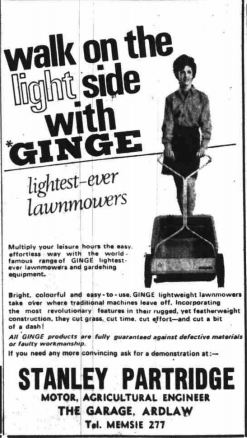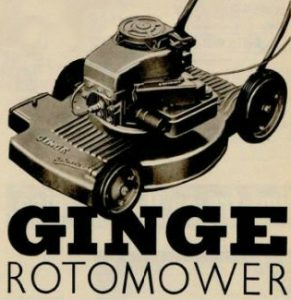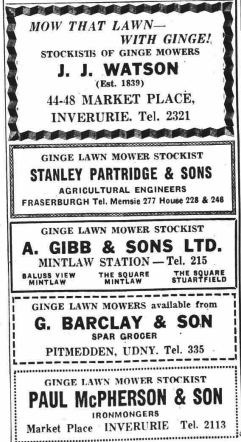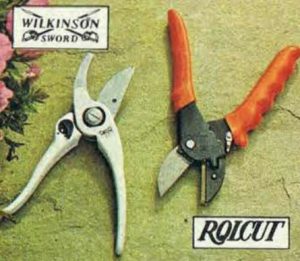
Modern Secateurs by Wilkinson Sword and Rolcut
Forget about garden tractors, rotavators, mowers and more, for the humble secateurs have appeared in more intriguing articles and news reports than any other tool or machine. From being the source of a riot, to an item of numerous counts of petty pilfering; from being a restricted wartime item to also being a free gift with a brand of tea, secateurs have seen it all.
It’s important to remember that secateurs were not the mass-produced items we see mostly today, they were important, precision instruments of many different designs from scissor-like items to proper pruning implements yet all hand-held, that were kept sharp, looked after and treasured. Secateurs were also eventually seen as a mechanical advancement for horticulture, a time saving tool that no gardener should be without.
I will briefly mention here the claimed inventor of the secateur in Europe, this is invariably given as the French aristocrat Antoine Francois Bertrand de Molleville (
more at source) somewhere before 1819 depending on reports which do difer and I cannot decide whom is correct, so will leave it at that.
Trouble at t’mill
We start in 1840 with a potential riot in Beziers, France, a mere 20 years or so after secateurs (and their claimed invention) began their slow attempt to become an established pruning tool in Europe. A newspaper article states that ‘
A riot took place at Beziers‘ because the agricultural committee there was deciding whether or not secateurs were superior to the common pruning knife for trimming vines. This was of great concern to the workers who had always used the pruning knife and at seven o’clock in the evening a band of 300 or more
peasants, preceded by a drum, a spectacle which could have been quite dramatic and loud, traversed the streets announcing their determination to oppose the agricultural committee because if the secateur was substituted for the knife it would be ‘
the means of making a number of vine dressers unemployed‘. The humble secateur it seems can worry workers enough to become concerned about their jobs, secateurs were seen as progress and yet also a threat. There was also some concern amongst experts that secateurs were an inferior method of pruning, a view which apparently lasted for quite some time through the 19th century.
Secateurs from France to UK
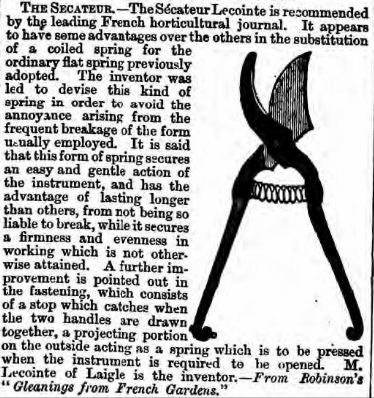
1868 – The Secateur Lecointe
I thought secateurs had been here since the dawn of time but they don’t appear to make it over the Channel to the UK for a few more years, indeed newspaper gardening articles from the mid to late 1800’s start by actually explaining the new-fangled secateur and it’s advantages/disadvantages over the common pruning knife, just like the concerns of the good folk of Beziers a few decades earlier.
The first UK article I find is in October 1868, the Nottinghamshire Guardian stated that the French horticultural journal ‘
Gleanings from French Gardens‘ was recommending ‘
The Secateur Lecointe‘, as in the image above right, the secateur had a coiled spring rather than the normal flat spring of previous models and was thought to be superior. I will say that in 2017 some 149 years later and with coil springs on my premium secateurs failing many times that they were wrong, completely wrong, the coiled spring being a backwards step, there I’ve put it in print.
But where to get good secateurs? The Kelso Chronicle comes to the rescue in 1871 with their suggestion that the best is the French secateur ‘
made by a working blacksmith at Versailles‘ they even give his name as Prevost with the recommendation that he supplies all gardeners in that part of France with them. How the Kelso Chronicle knows of this amazing blacksmith is unknown although there is absolutely no reason to doubt their claim, but with Versailles being a world renowned garden for it’s splendid topiary I have this vision of an early gift shop (boutique de souvenirs) flogging secateurs to 19th century tourists on their jaunt around Europe.
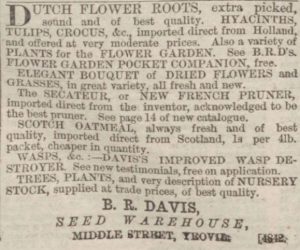
B.R Davis, Yoevil, Secateurs advert 1872
To finally seal that secateurs were here in the UK an 1872 (and a similar 1871) advert, image right, for B.R.Davis of Yeovil states ‘
The Secateur or New French pruner, imported direct from the inventor [more likely the manufacturer]
, acknowledged to be the best pruner‘.
And in 1883 a gardening column details that the secateur ‘h
as long been used by the French gardeners but has only found it’s way into use [in the UK] during the past few years, and is not by any means general yet….it far surpasses the best clasp or other knife ever invented, for a man can do three times more work with it with one hand than he can do with his two hands and the common knife. The French make the best and we advise buyers to accept no other kind’. Interestingly it also states that ‘
Any seedsman can procure them and several supply Sheffield-made secateurs‘.
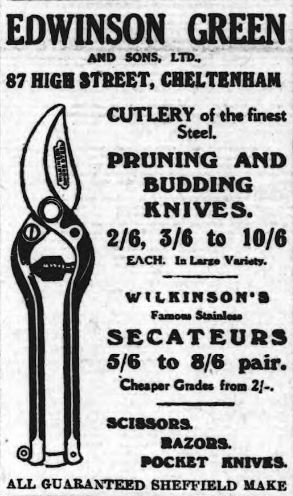
Wilkinson’s secateurs. Edwinson Green & Sons, Cheltenham. 1924
It didn’t just stop at the UK, by 1911 an Australian publication began it’s gardening column by stating that ‘
Secateurs have taken the place of the pruning knife in practically all gardens in Australia‘. Now, that is some achievement. I will refer back to Australia later.
The earliest advert I can find to UK made secateurs is in 1924 for ‘
Wilkinson’s Famous Stainless Secateurs‘ which are about the same design as The Secateur Lecointe of 1868 (image further up page). Wilkinson’s tools were all guaranteed Sheffield made and an assumption is that secateurs were being made by others at this time and before as there are earlier adverts which briefly mention the sale of secateurs rather than French secateurs.
John Nowill & Sons of Sheffield were producing secateurs in 1914 – the only company directly listed in a trade directory as doing so around that time. (source: Gracesguide)
We have a bit of a large gap for UK made secateurs between 1880 and 1924, anyone fill us in?
And that is secateurs firmly planted in the UK and being made by the finest manufacturers in Sheffield.
Pilfering secateurs
Onwards and on the darker crime side, there are many, even numerous, reported instances in archive newspapers of secateurs being stolen as they were an item which were easy to pocket and by all accounts easily sold on for a quick shilling. Indeed one 1918 gardener spotted his stolen secateurs for sale in a local shop and after a bit of sleuthing by the local police the thief was apprehended – it was the gardener’s grandson who had sold them on to the shady shopkeeper.
The most interesting crime involving secateurs took place in Australia in the 1930’s. Picture an evocative scene of a steamship coming into Port Gisborne in Australia and a port labourer takes the opportunity to remove a tin box of fourteen pairs of secateurs destined for a hardware store in Melbourne. Court proceedings valued the items at nearly £2 so a princely amount for the secateurs, the labourer upon panicking decided the best action being to bury the tin in his garden, unfortunately an action which didn’t fool the police. The guilty party was fined £5 or could have had a month in jail. Lesson learnt.
Supply and demand
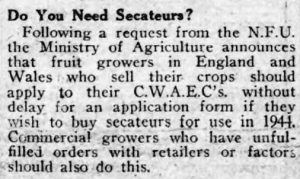
February 1944
Secateurs seem to have always had a great value, either monetary (and the risk of being stolen) or in their capability to make the job easier, better, quicker. Indeed for some areas of crop production they were an important tool which were in demand but not always available. Hence in the latter part of WWII in February 1944 this announcement, image right, appears ‘
Following a request from the NFU the Ministry of Agriculture announces that fruit growers in England and Wales who sell their crops should apply to their C.W.A.E.C’s [County War Agricultural Executive Committee]
without delay for an application form [for a permit to purchase]
if they wish to buy secateurs for use in 1944. Commercial growers who have unfulfilled orders with retailers or factors should also do this‘
The NFU request resulted in county office adverts appearing throughout the country requesting that applicants apply as soon as possible to get their permits to purchase secateurs. We also see a few shop adverts from the same time which were advertising secateurs but state they are either in limited numbers or are ‘
available for horticultural trade only‘.
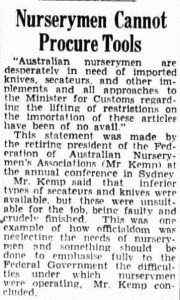
April 1947
Back in Australia just two years later in April 1947 and the nurserymen of Australia, image right, are having a different problem trying to lift restrictions on the import of knives, secateurs and other implements. The restriction was on imported steel implements yet there also appears to be a shortage of steel, one reason being the lack of coal to produce the steel in the country, one dealer stated that ‘
he did not know when he would be able to deliver another plough or harrows, and a local manufacturer said steel was so scarce [in his Mackay area]
he had to improvise with scraps to try to fill orders‘ (source: Daily Mercury 30 Mar 1949).
It appears the shortage of steel or quality steel is perhaps why the nurserymen of Australia stated in 1947 (image right) that ‘
inferior types of secateurs and knives were available, but these were unsuitable for the job, being faulty and crudely finished‘.
The Giveaway
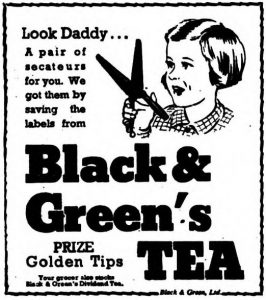
Black & Greens Tea Advert November 1945
Shortly after the cessation of WWII and just 18 months after the NFU request for growers to apply for a permit to purchase secateurs, something unexpected appears. Adverts in November 1945 for Black & Green’s tea, such as the one on the right, offer a free pair of secateurs to householders for saving the labels from their tea packets and sending them in to claim. Although the advert images of the secateurs is not clear and they look more scissor-like, nevertheless it is a marketing idea to promote their product in a positive way to benefit the customer, they could have chosen any number of giveaway products but chose practical secateurs. I suppose the secateurs would not have been of the finest quality, yet in my own thoughts they do make people think of their gardens, the outdoors and their freedom at this point in time.
Any additions on secateurs in the UK? What have we missed?
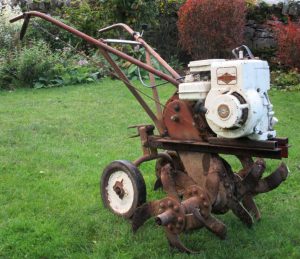
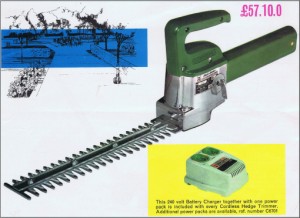
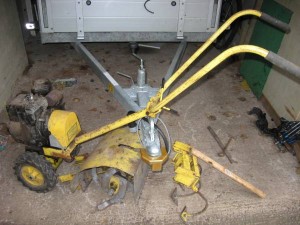

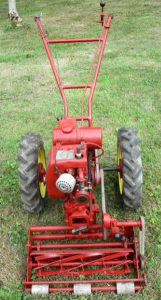
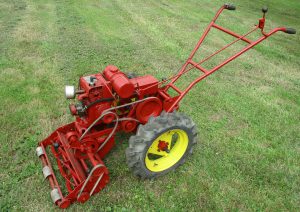
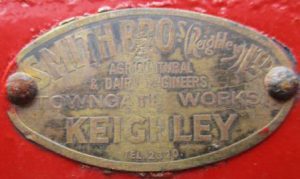 Unusually this article is briefly about a specific machine. And just as this Barford has a history so does every machine and they are always worth researching. If you have a manufacturer name, address or makers plate then five places to start are:
Unusually this article is briefly about a specific machine. And just as this Barford has a history so does every machine and they are always worth researching. If you have a manufacturer name, address or makers plate then five places to start are: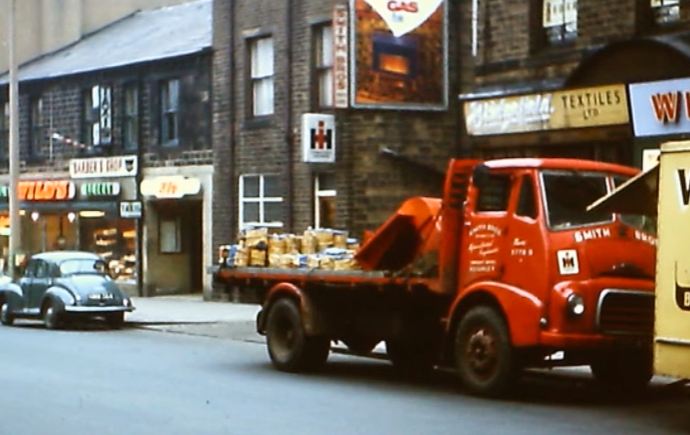
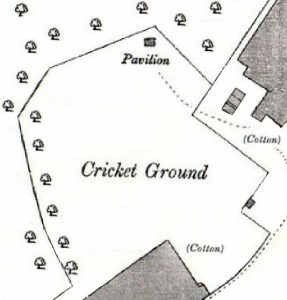
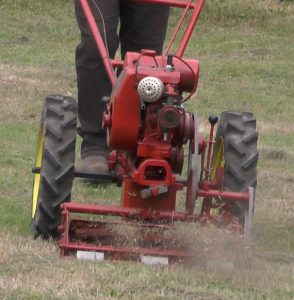
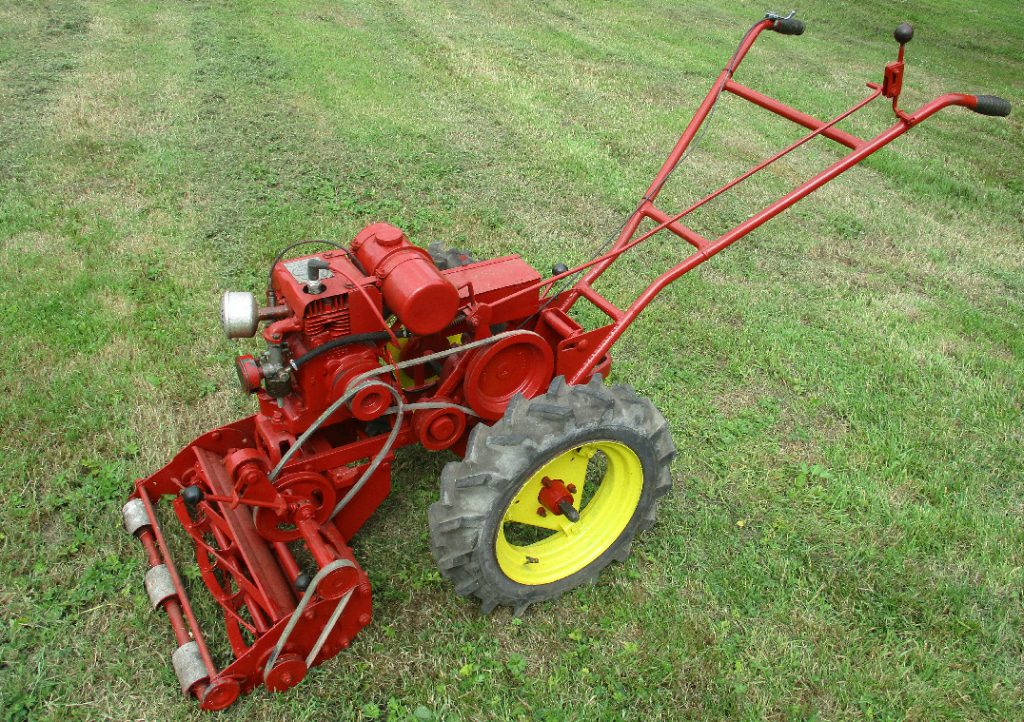
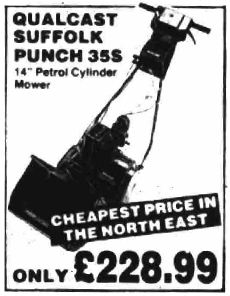
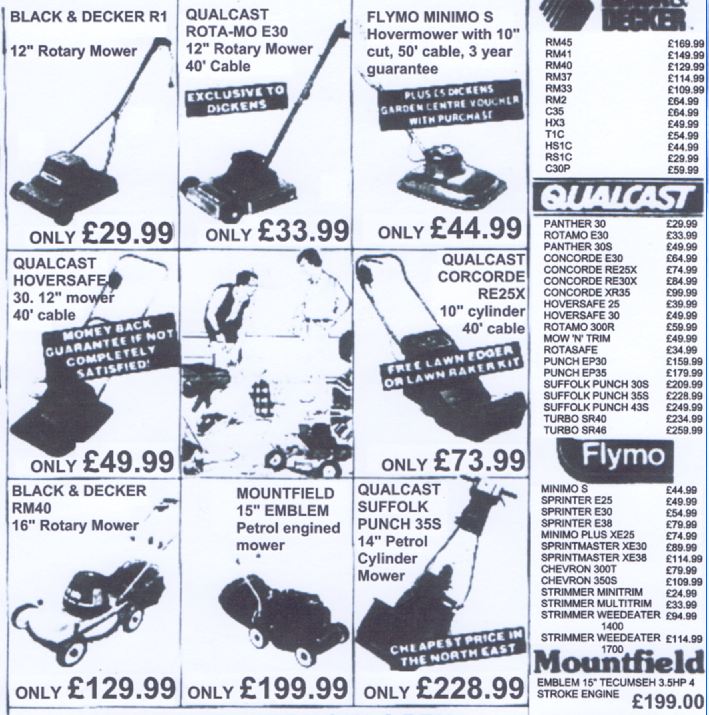
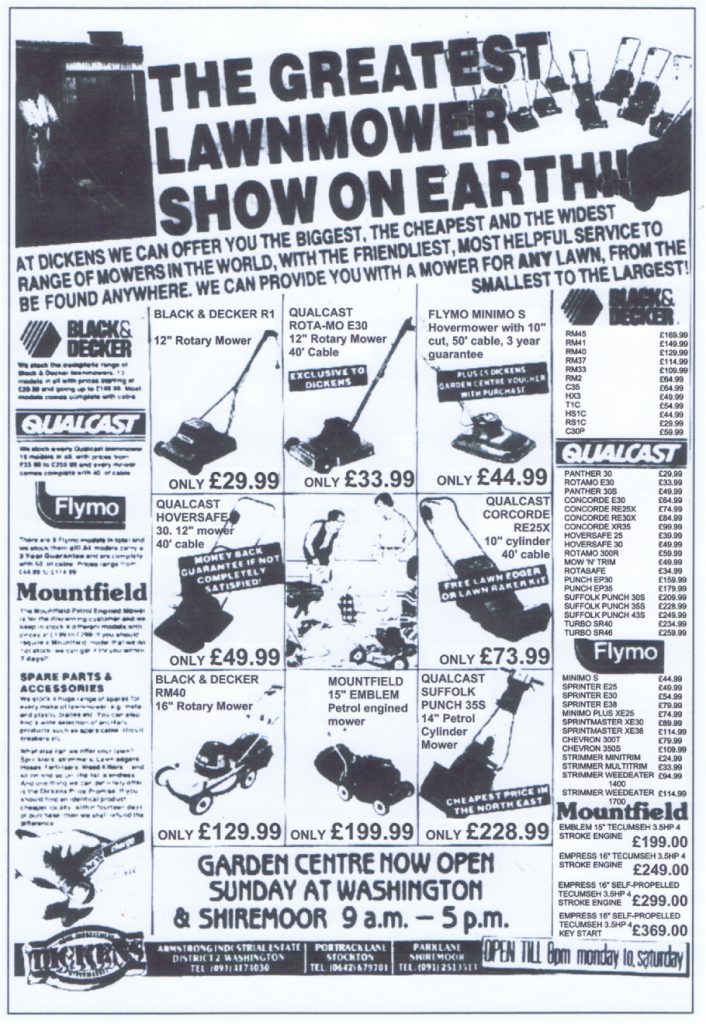 Briefly, there is a huge range of electric mowers. What’s the difference between the Qualcast Concorde RE25X and the RE30X apart from £10.00 ? Or the Flymo Sprinter E25 and E30 ? A brochure would be mighty helpful!
Briefly, there is a huge range of electric mowers. What’s the difference between the Qualcast Concorde RE25X and the RE30X apart from £10.00 ? Or the Flymo Sprinter E25 and E30 ? A brochure would be mighty helpful!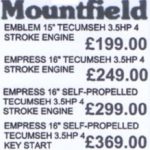 There isn’t a Mountfield electric mower in the bottom right corner of Dickens advert, they may not have been manufacturing them at the time, but their petrol mowers show that the price nearly doubles between the Mountfield Emblem 15″ and the 16″ self propelled with electric start, both with a 3.5hp Tecumseh engine – would that be a premium product at the time?
There isn’t a Mountfield electric mower in the bottom right corner of Dickens advert, they may not have been manufacturing them at the time, but their petrol mowers show that the price nearly doubles between the Mountfield Emblem 15″ and the 16″ self propelled with electric start, both with a 3.5hp Tecumseh engine – would that be a premium product at the time? 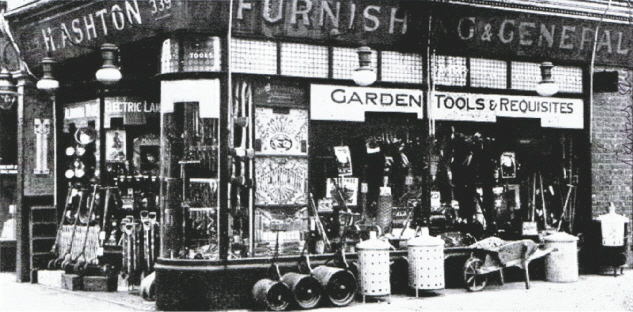
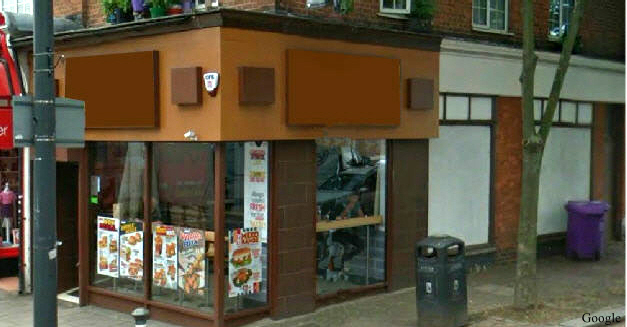
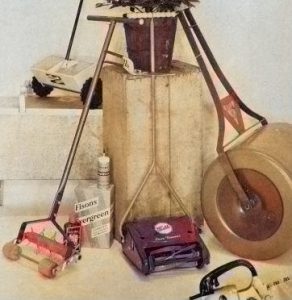
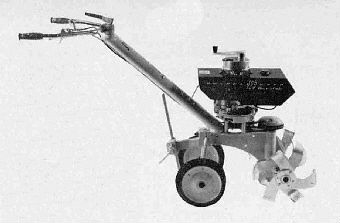
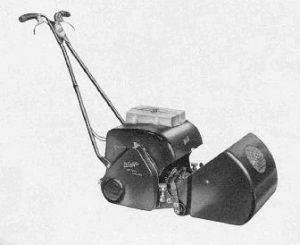
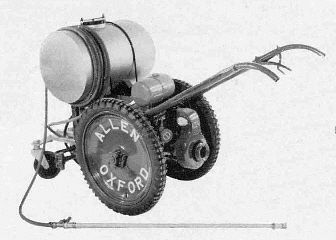
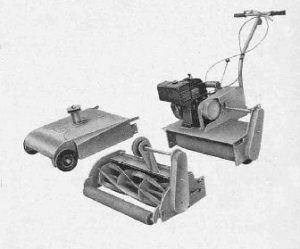
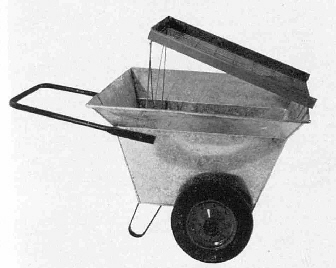
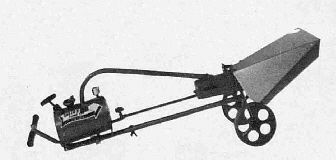
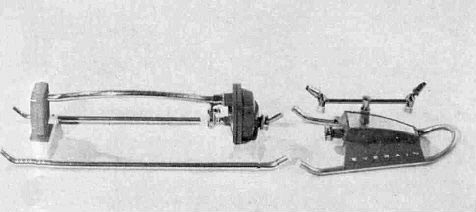
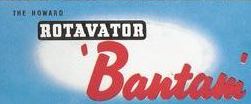 Humour can capture the attention of the prospective customer far easier than any serious advertising might.
Humour can capture the attention of the prospective customer far easier than any serious advertising might. 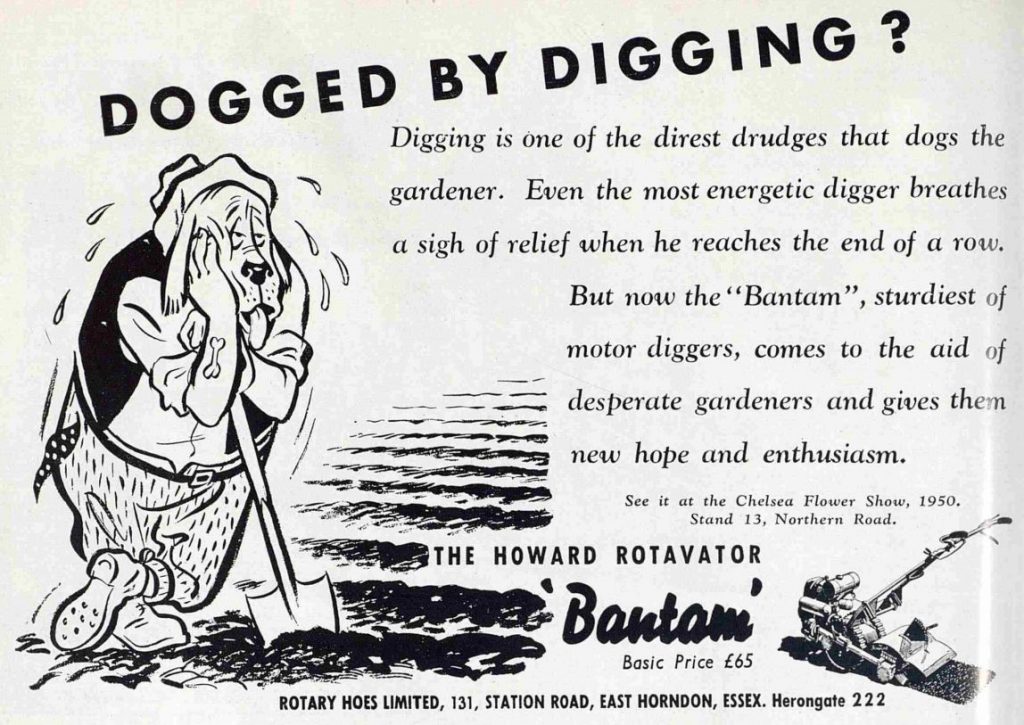
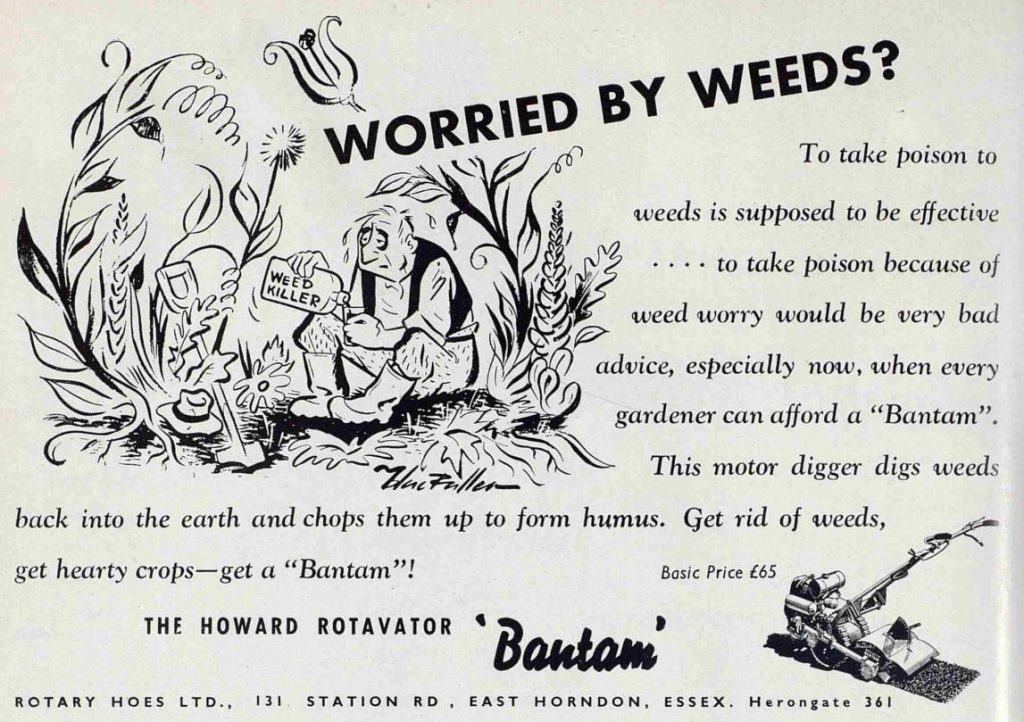

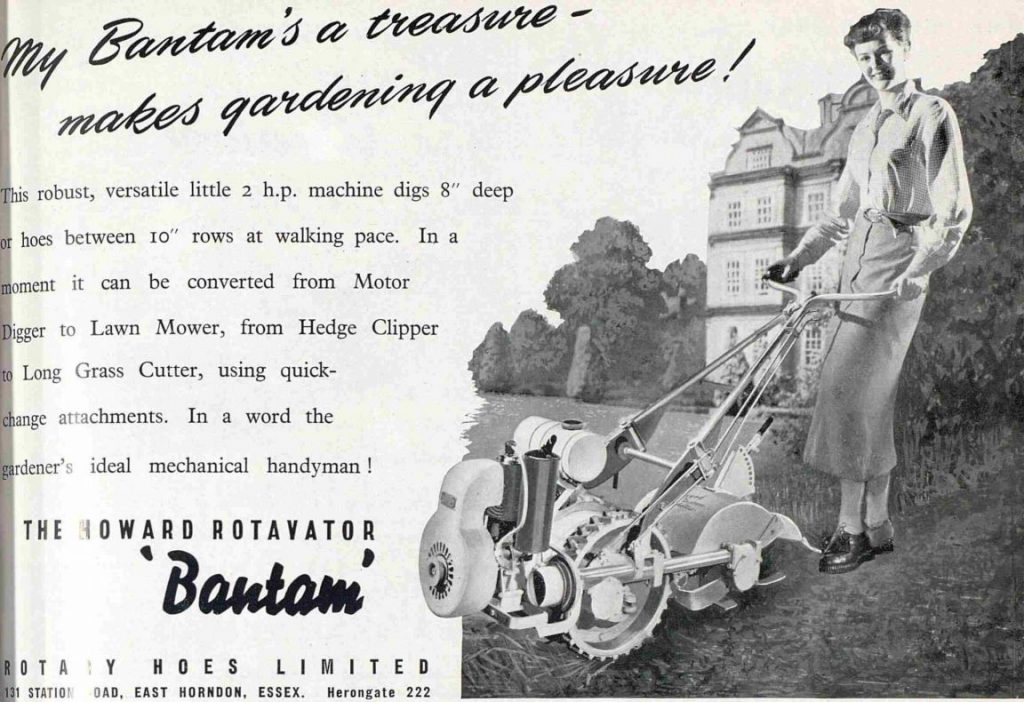
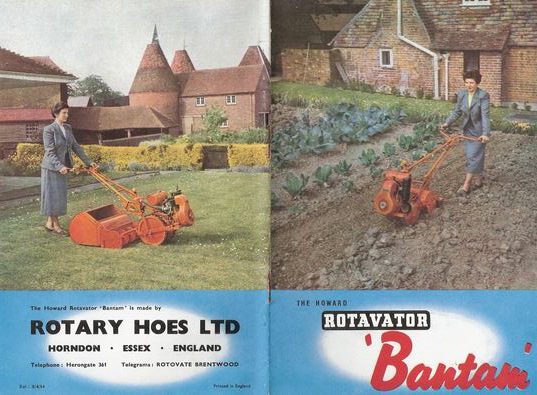
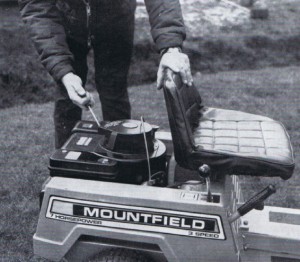
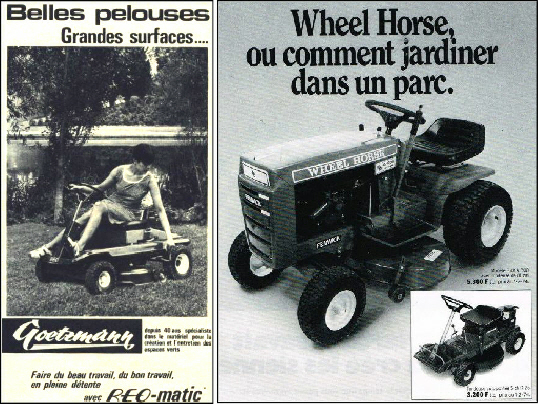
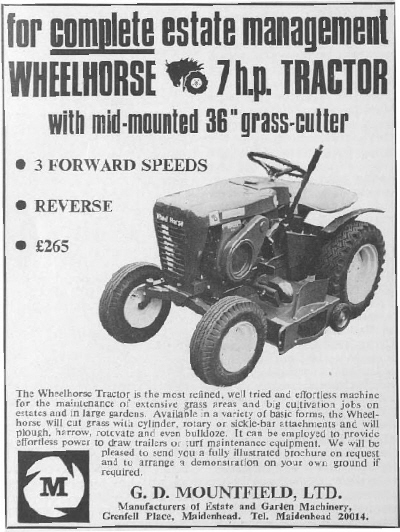
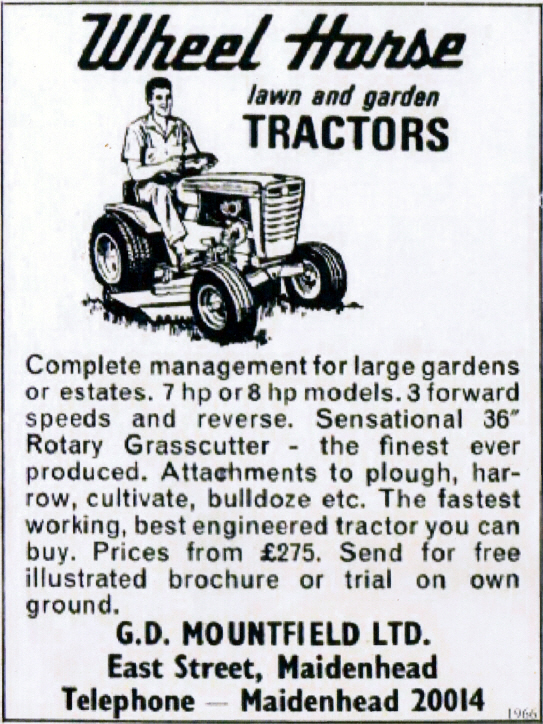
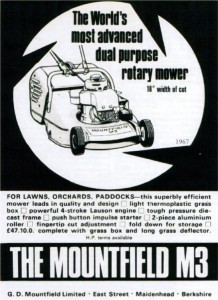
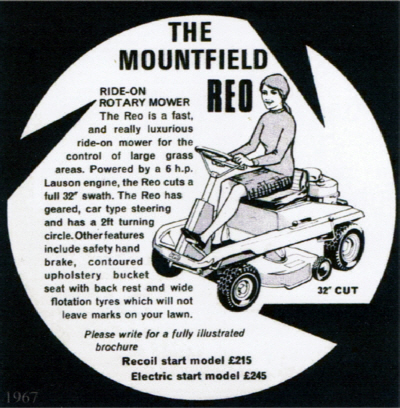
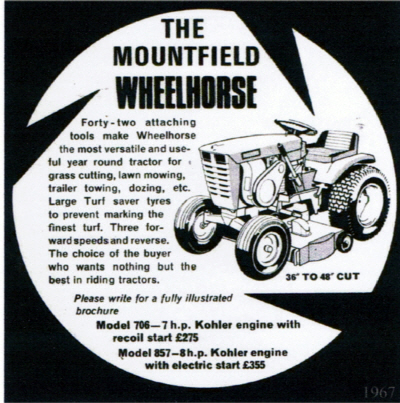
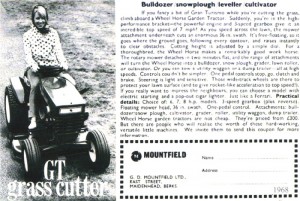
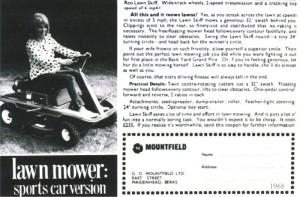
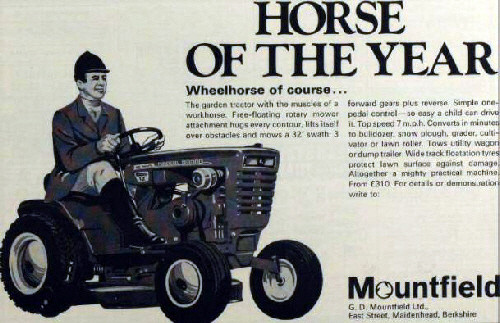
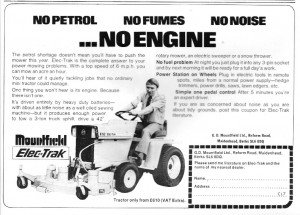
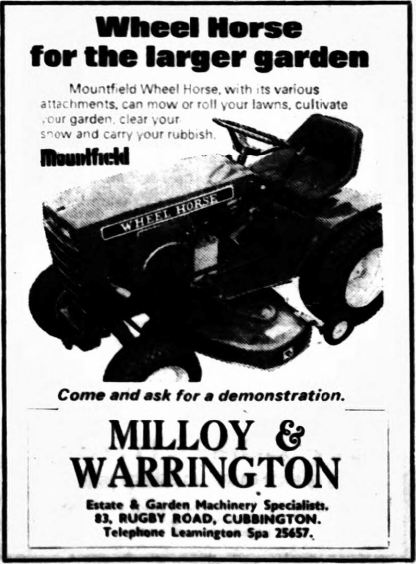
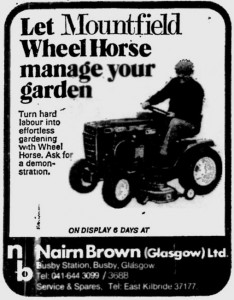
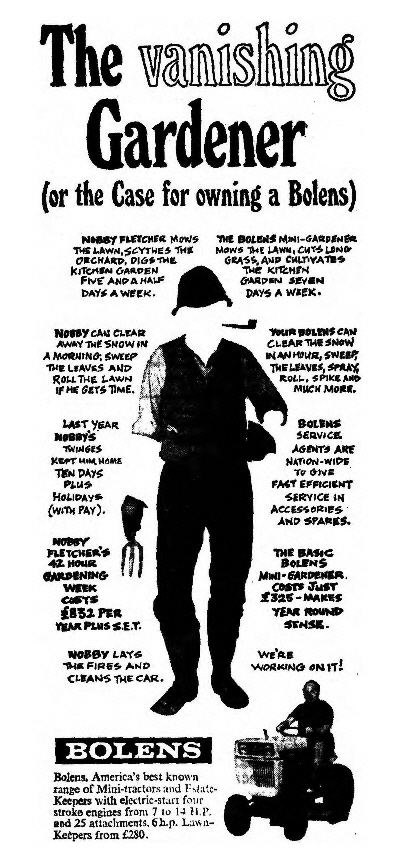
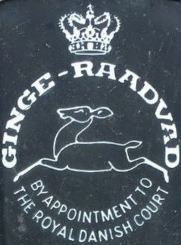
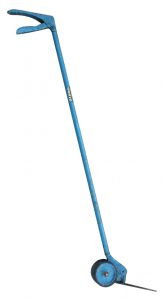
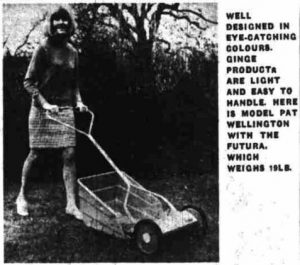 The mowers available were all cylinder mowers, the hand propelled Prisma 12″ (£6.19.9d) and Futura 16″ (£8.19.9d). As shown in the image, right.
The mowers available were all cylinder mowers, the hand propelled Prisma 12″ (£6.19.9d) and Futura 16″ (£8.19.9d). As shown in the image, right. 